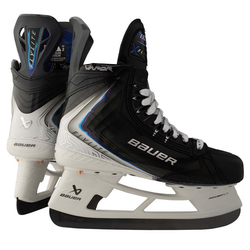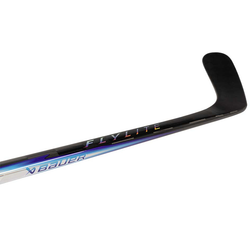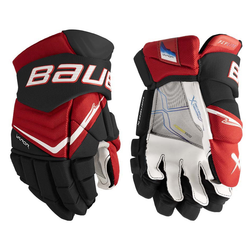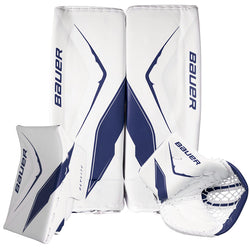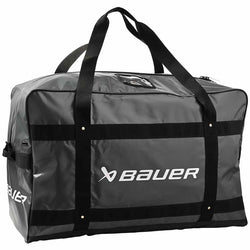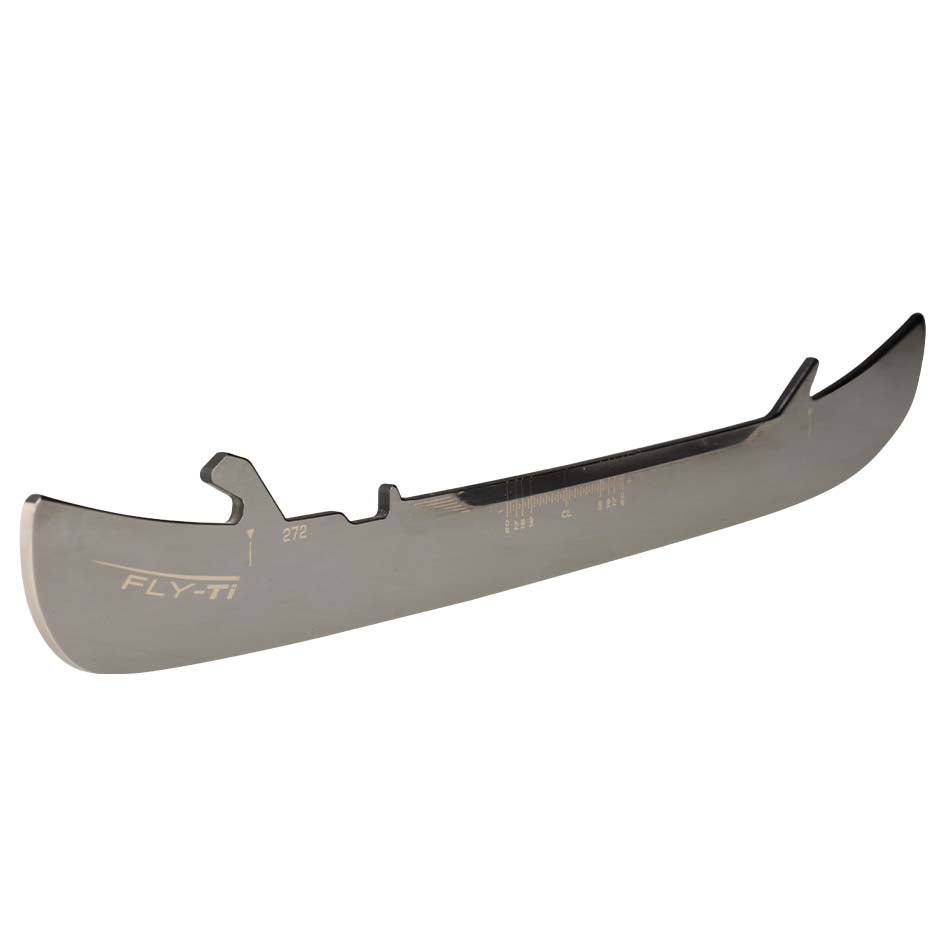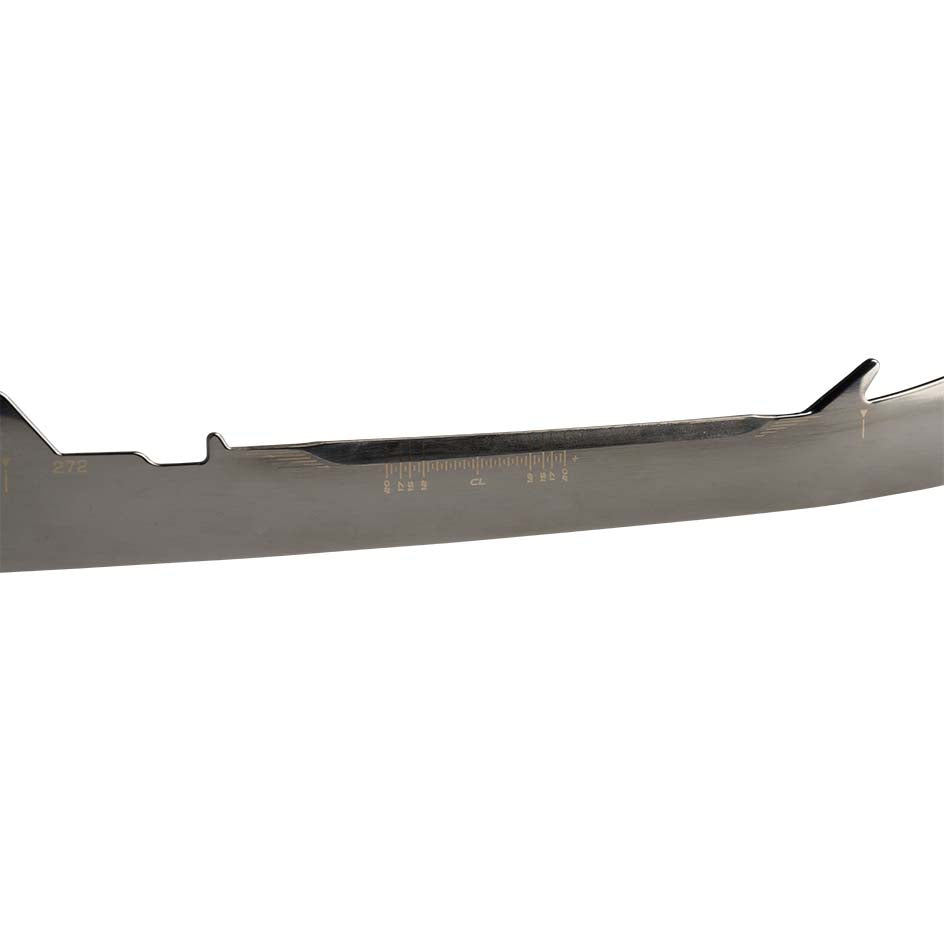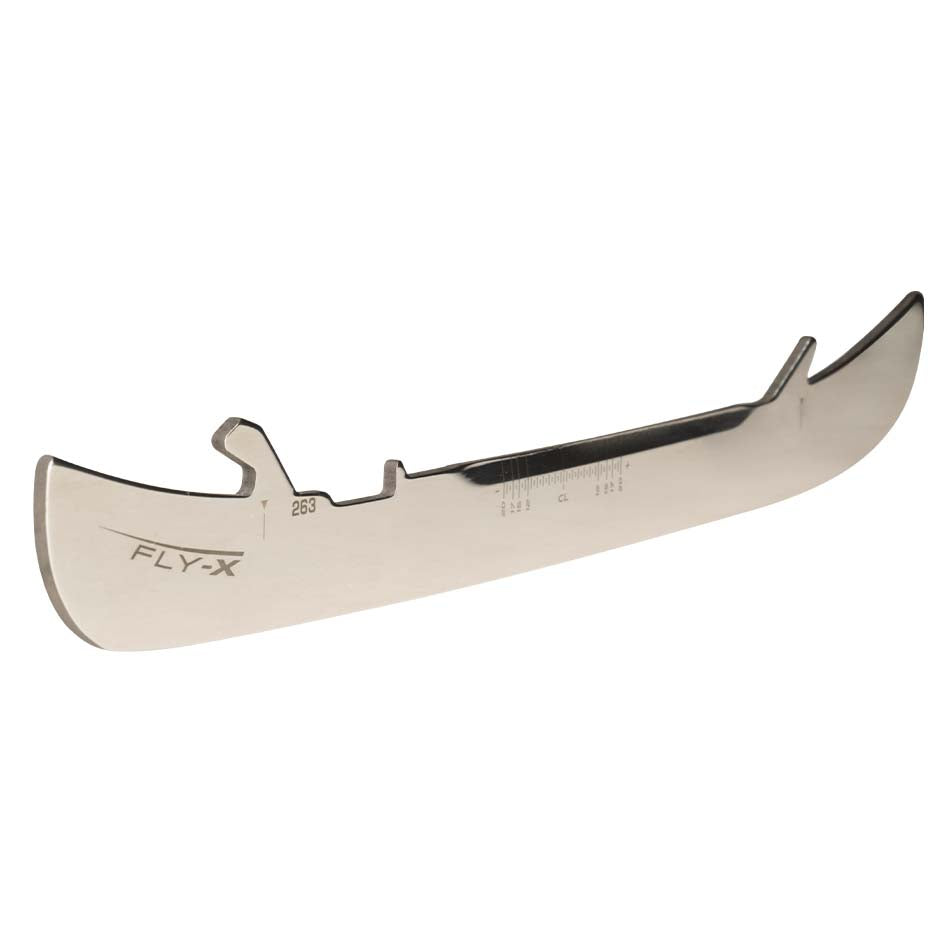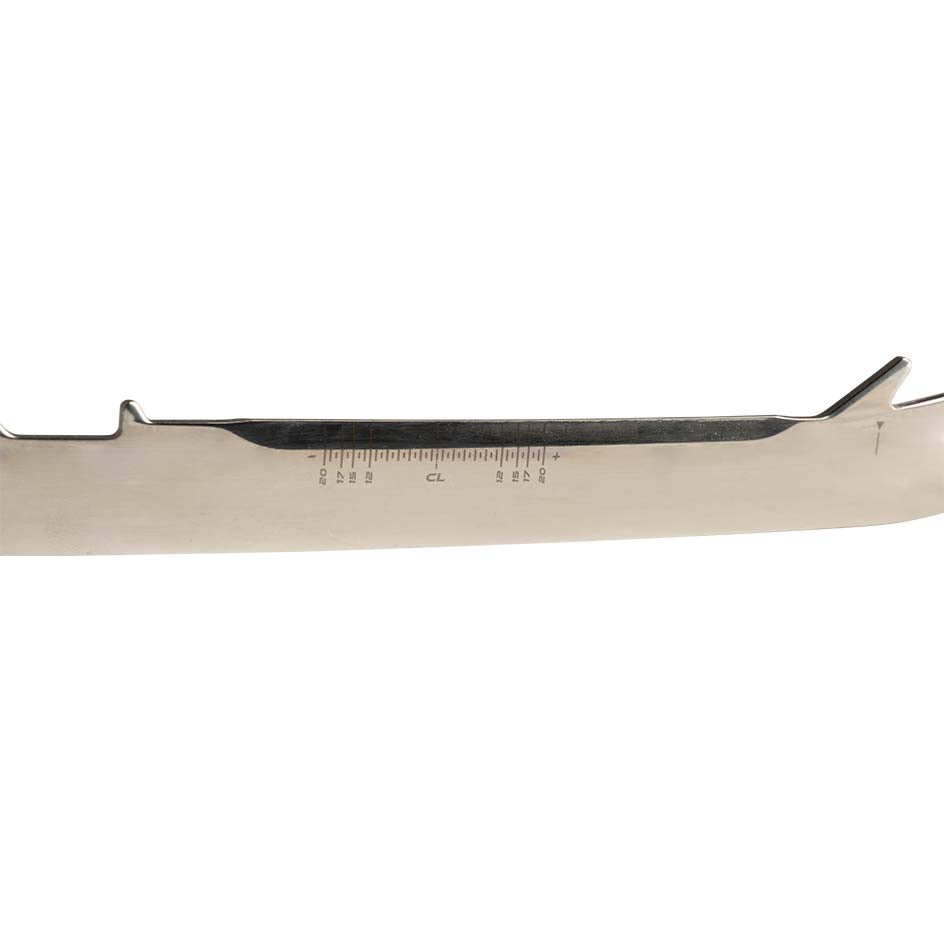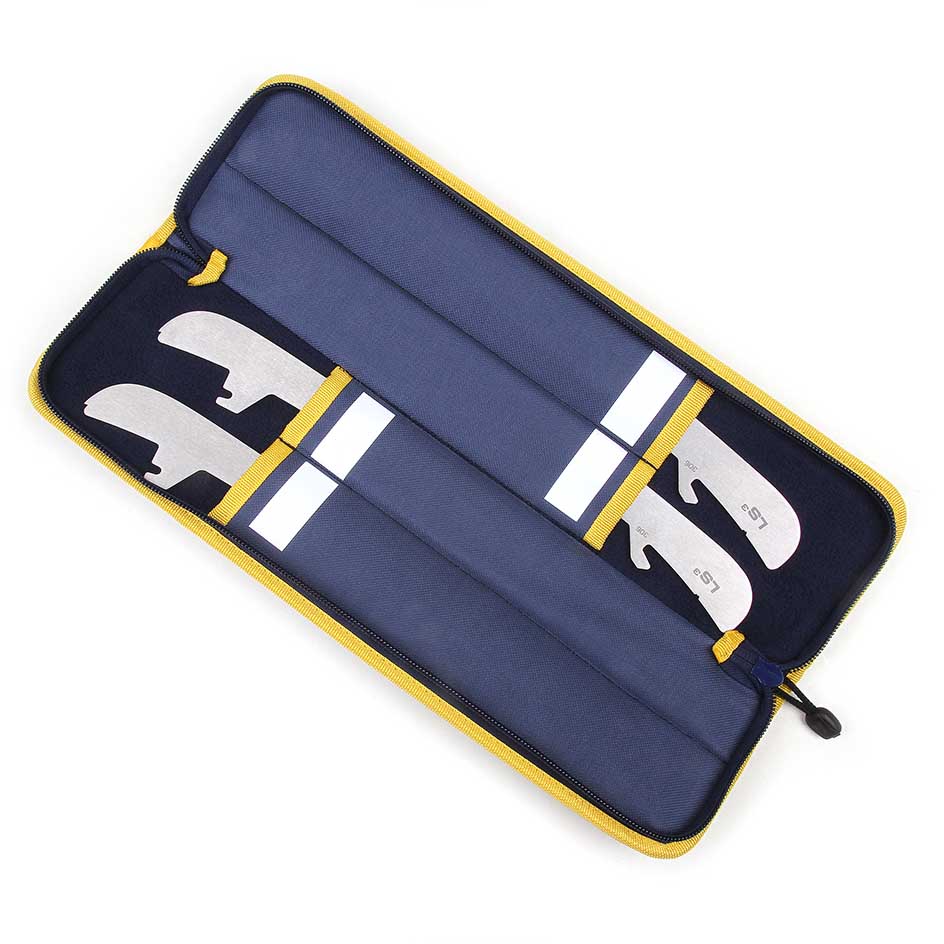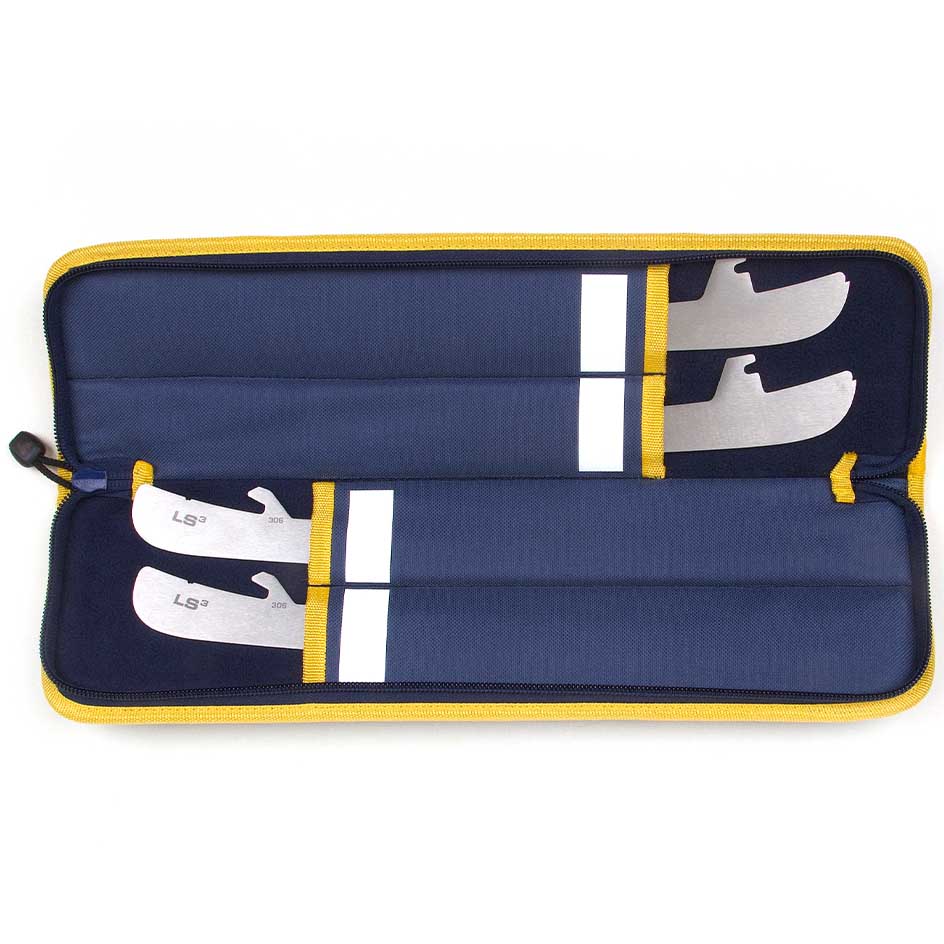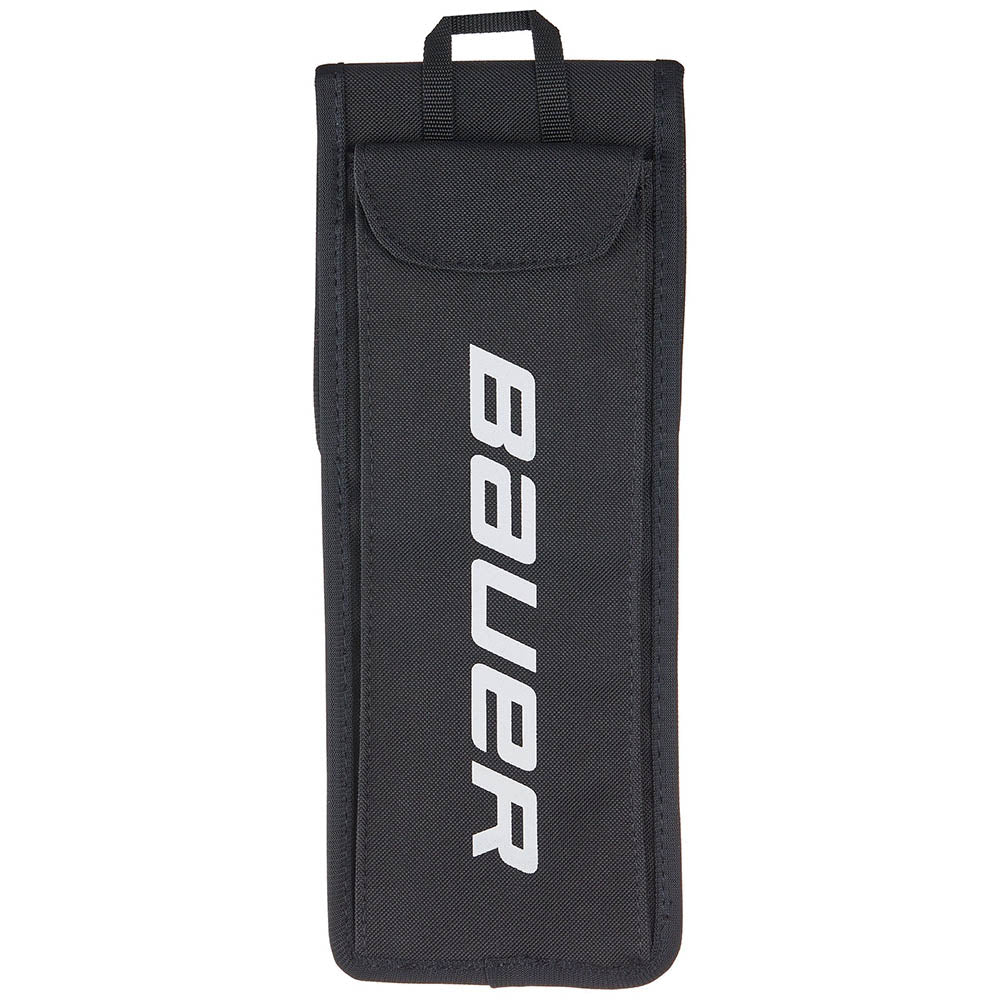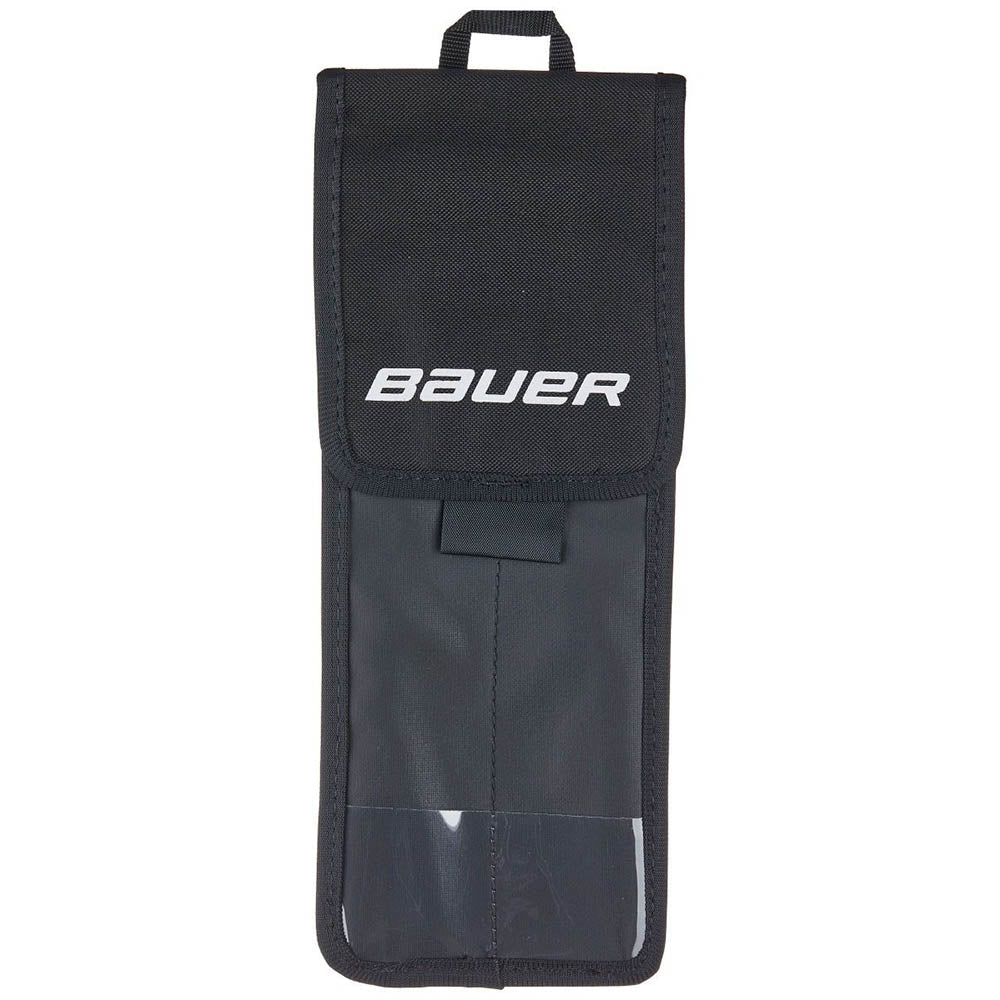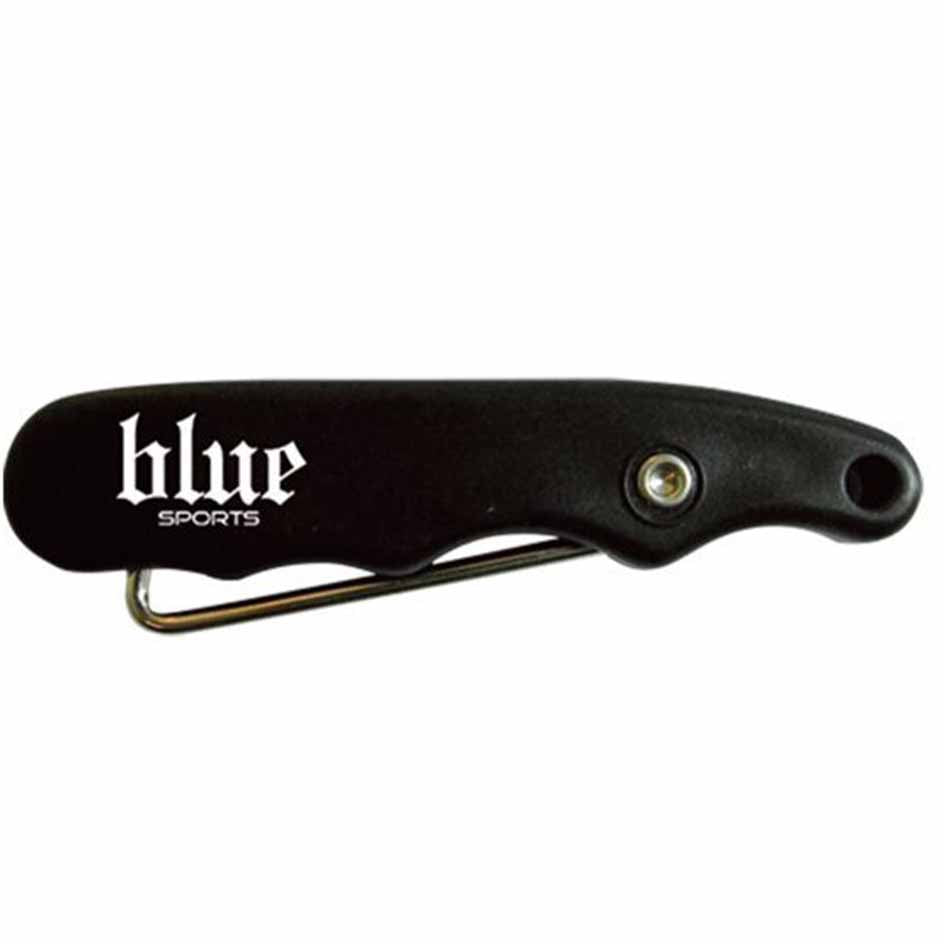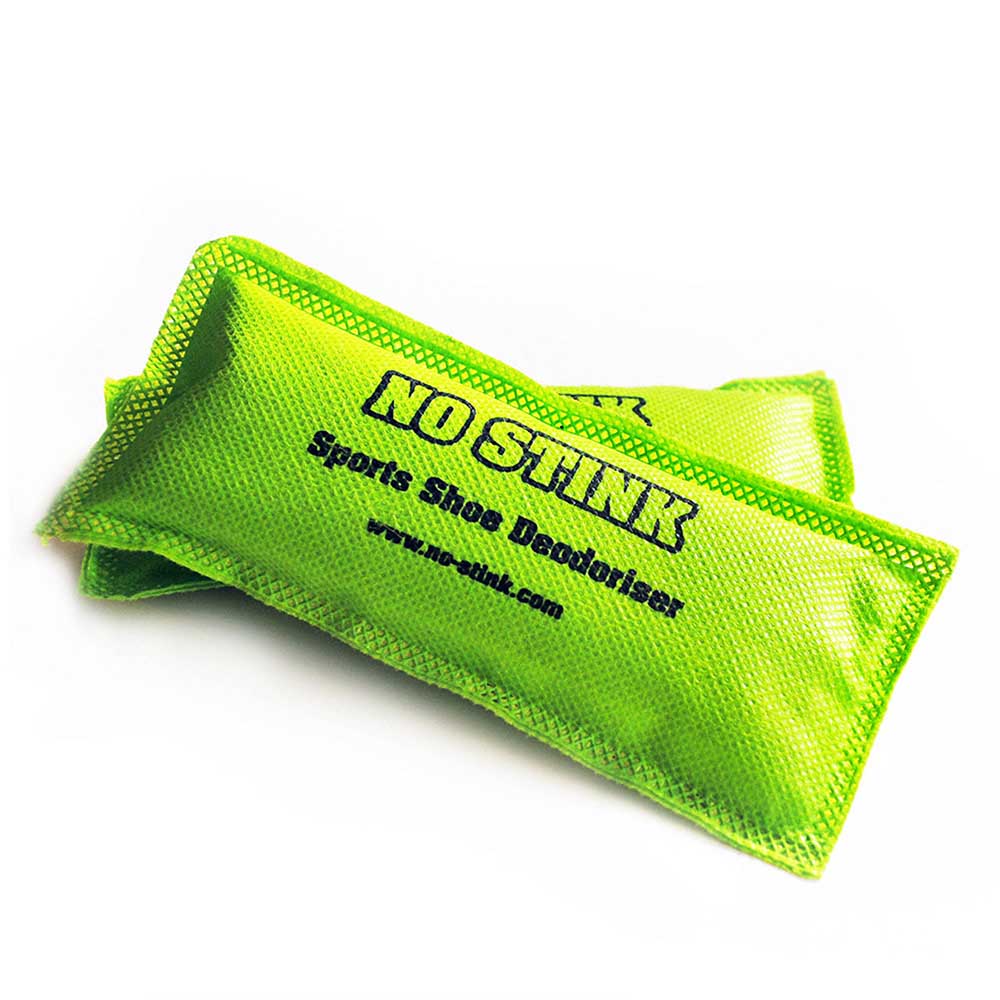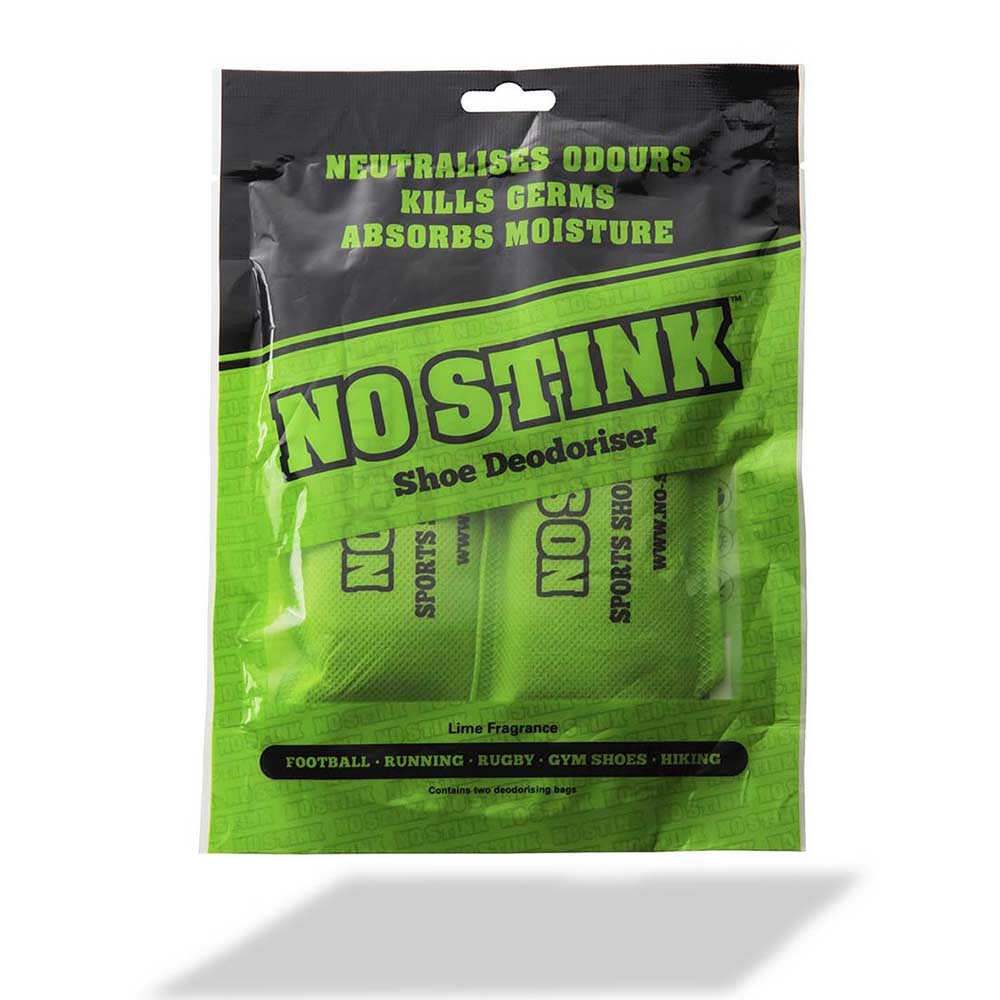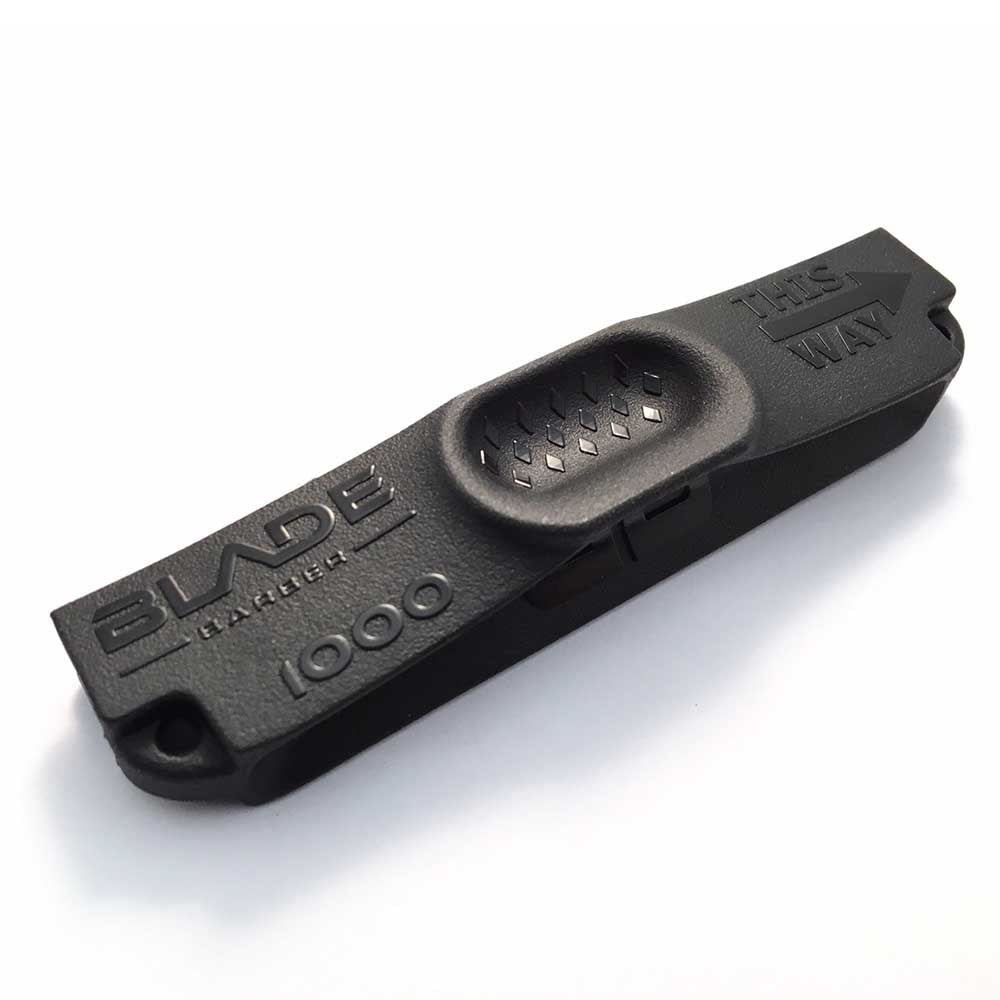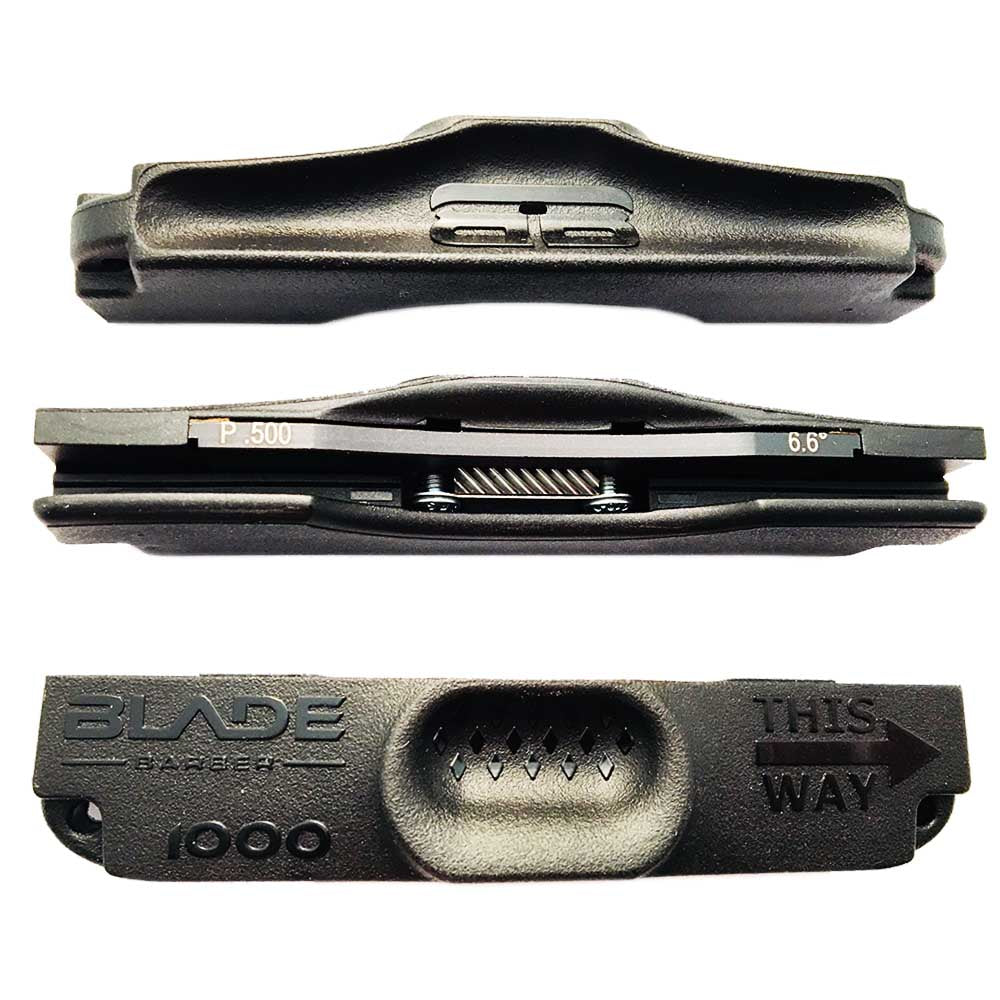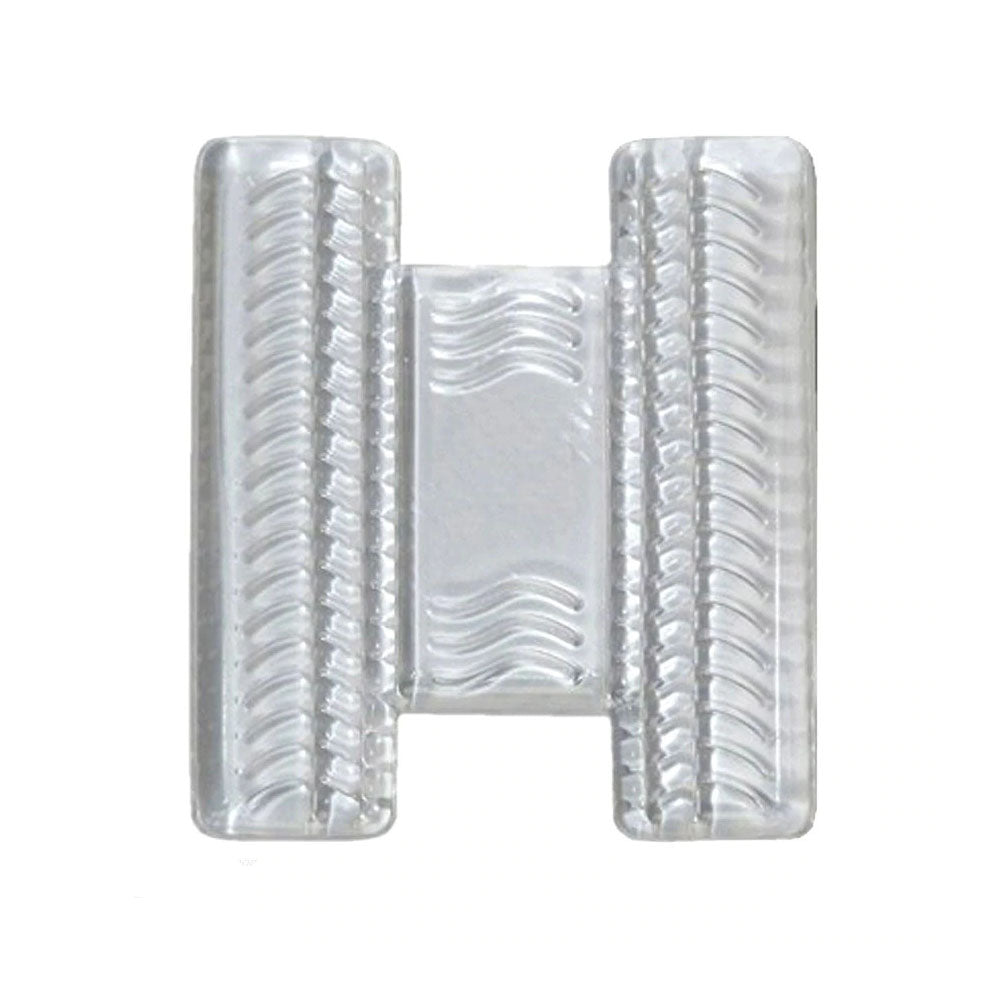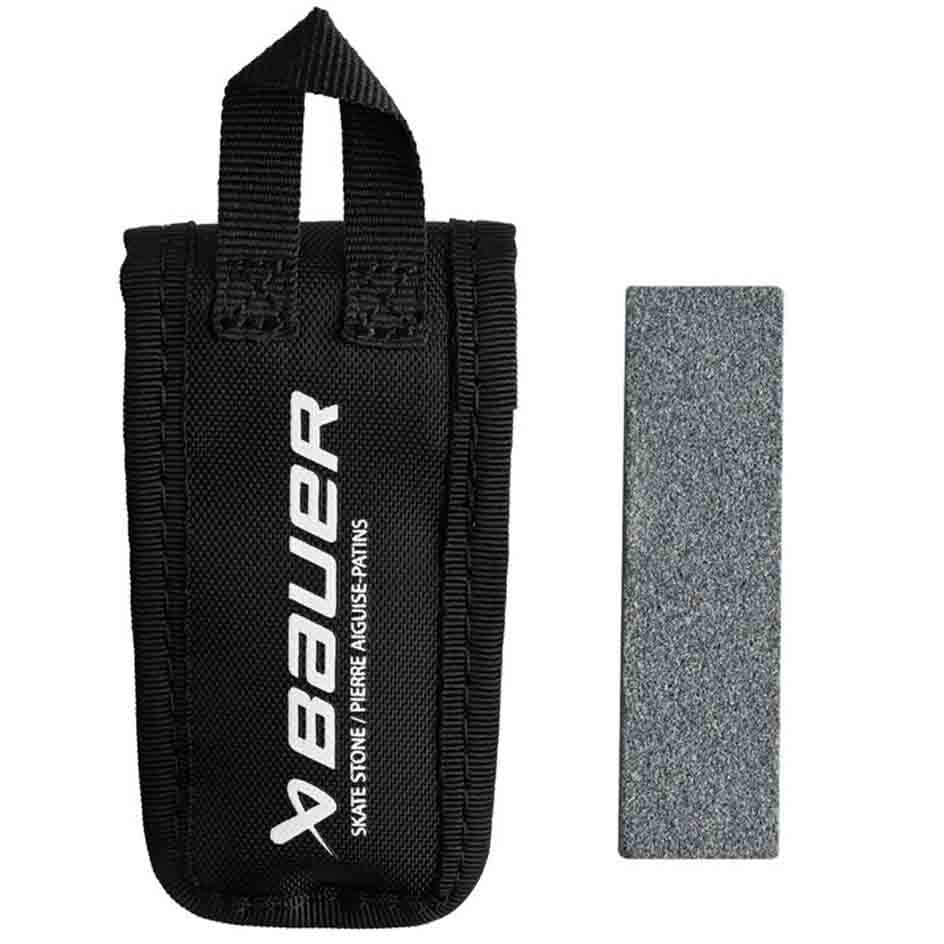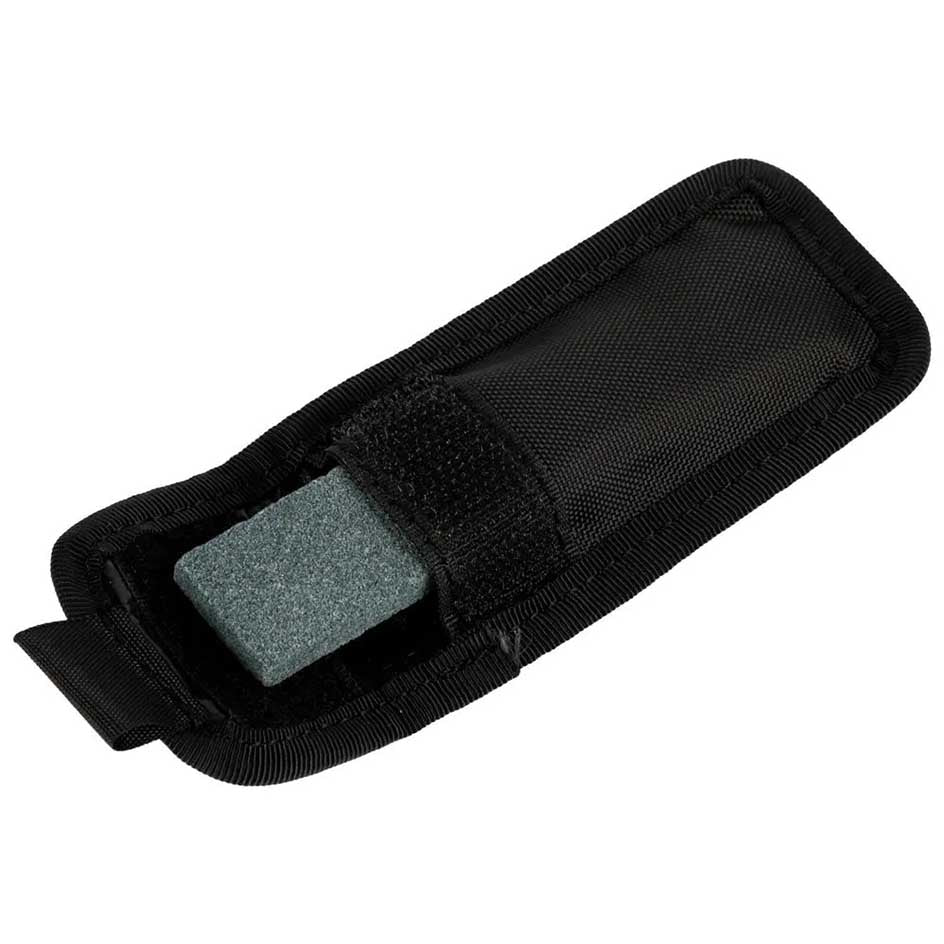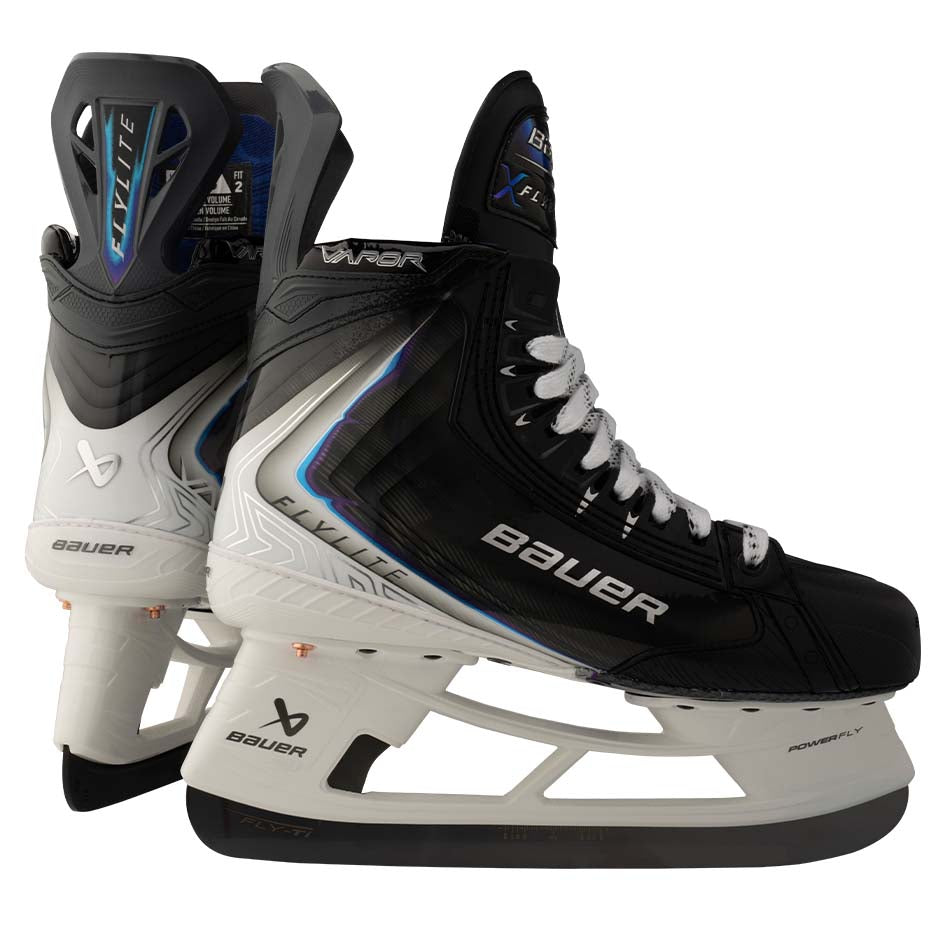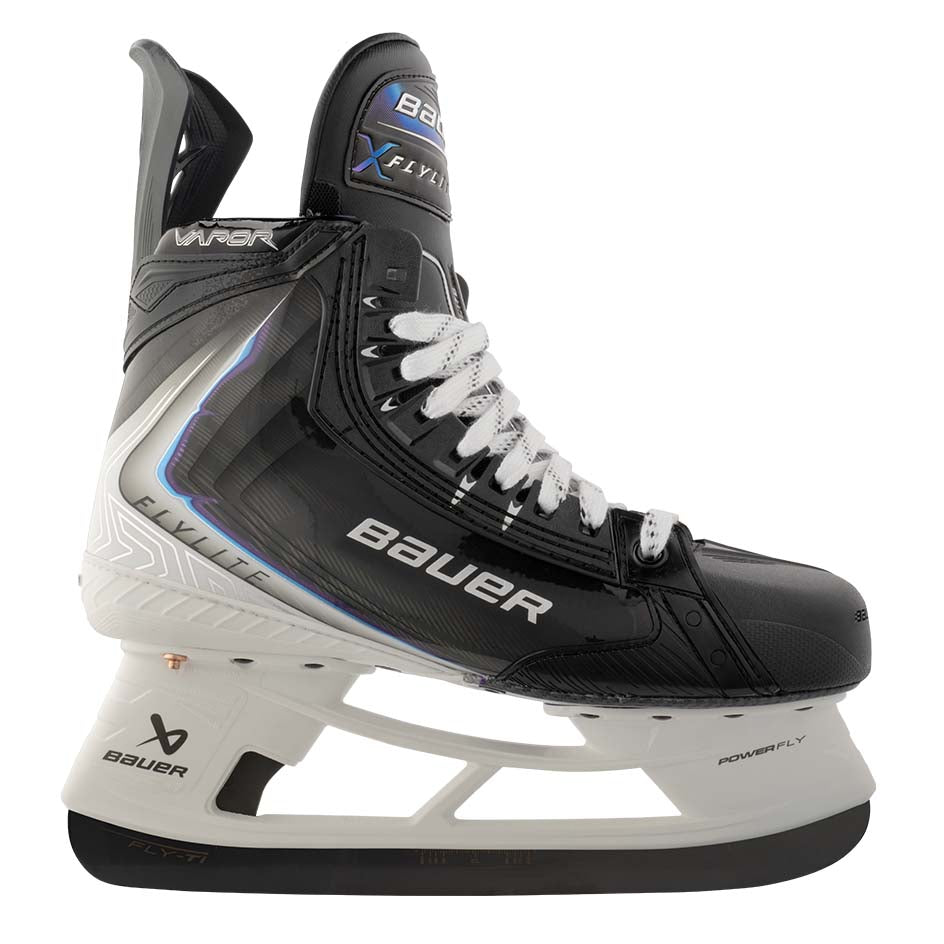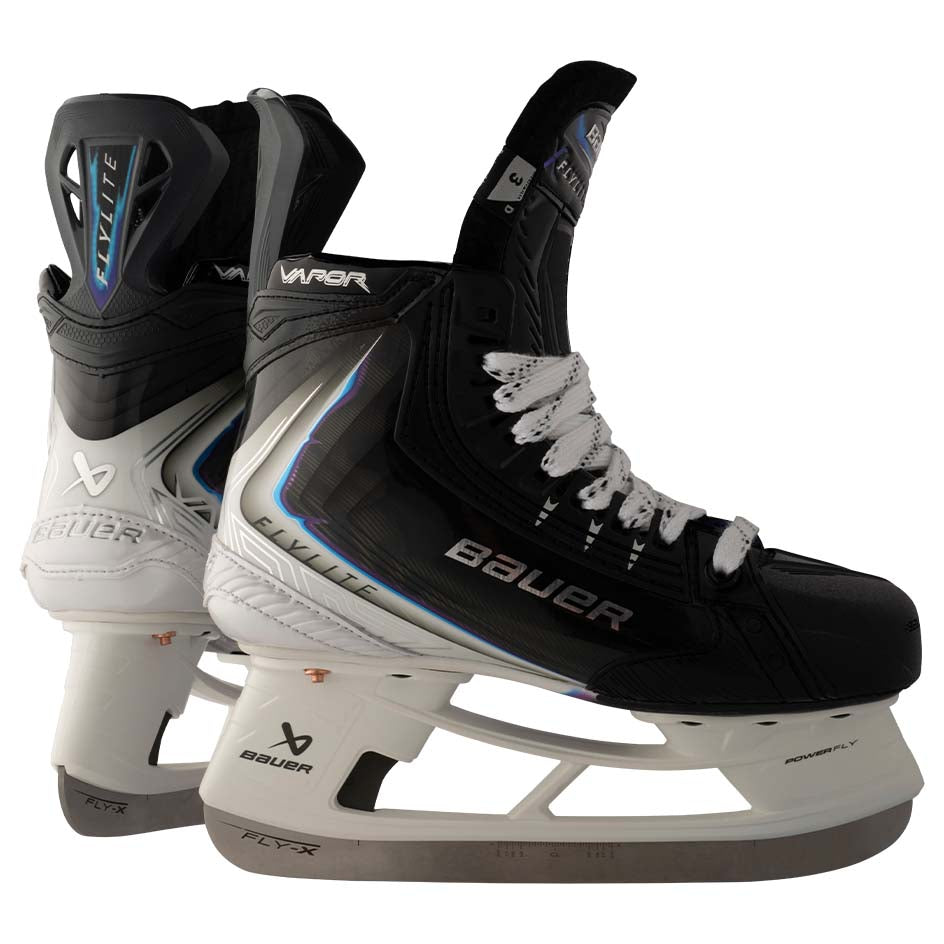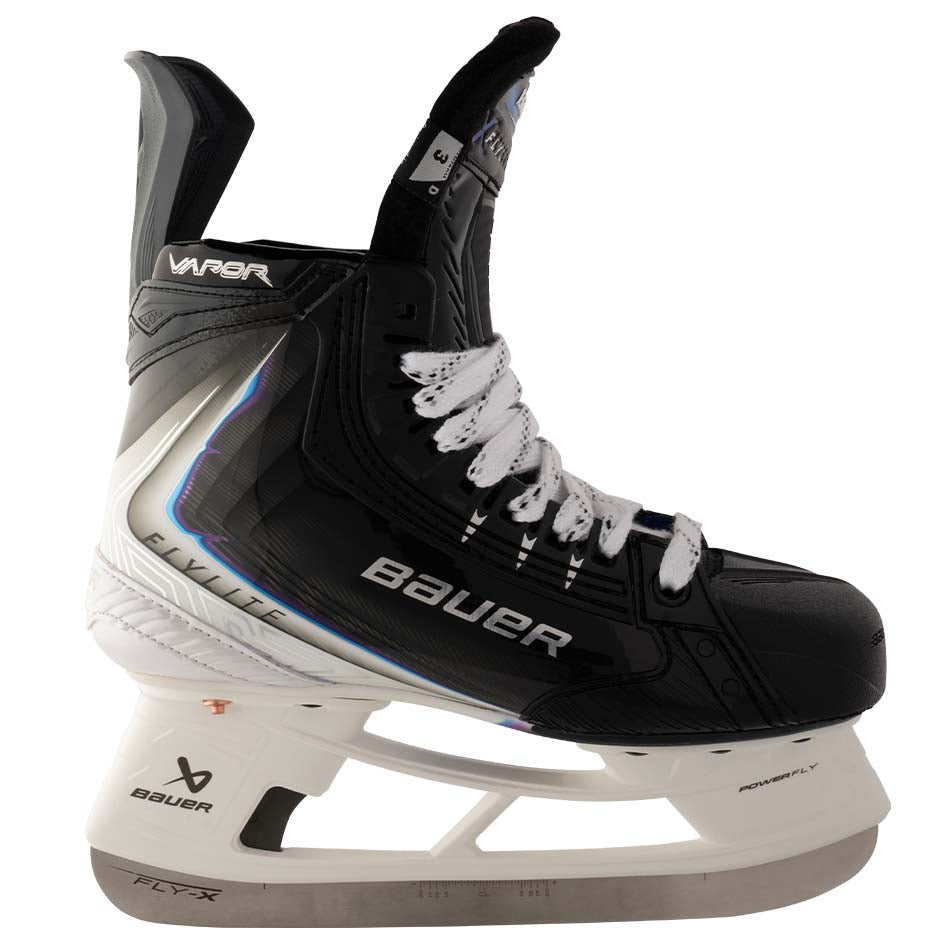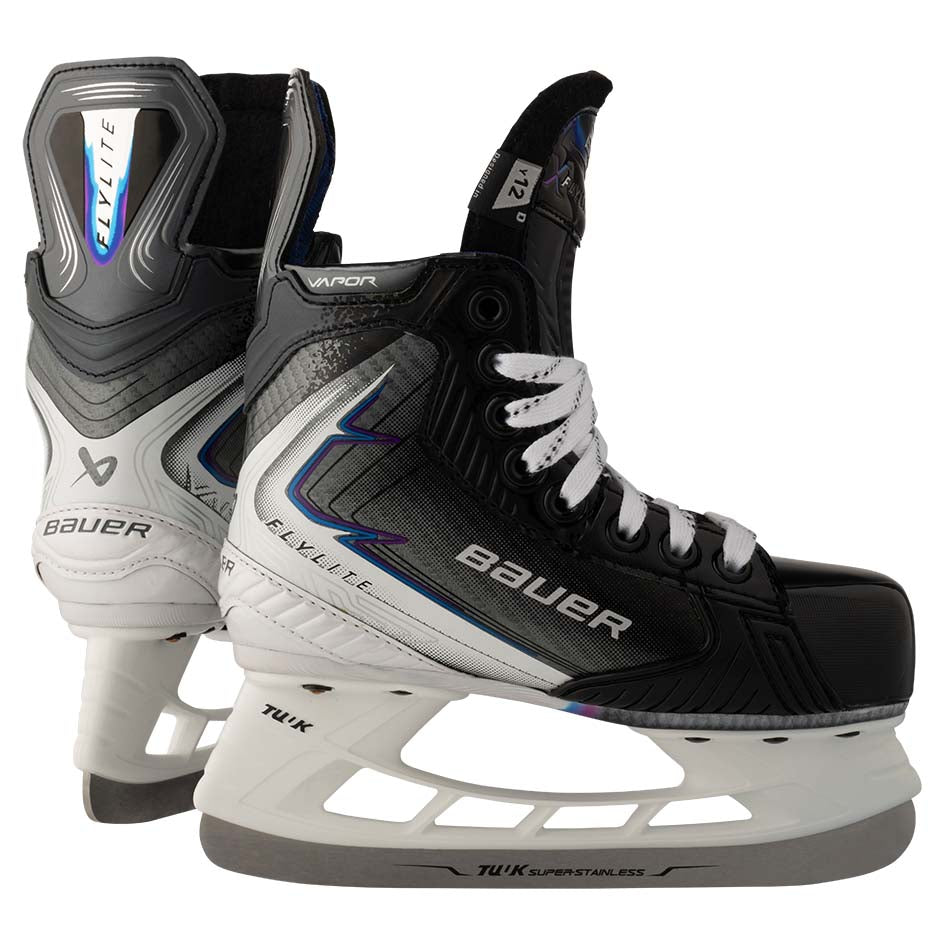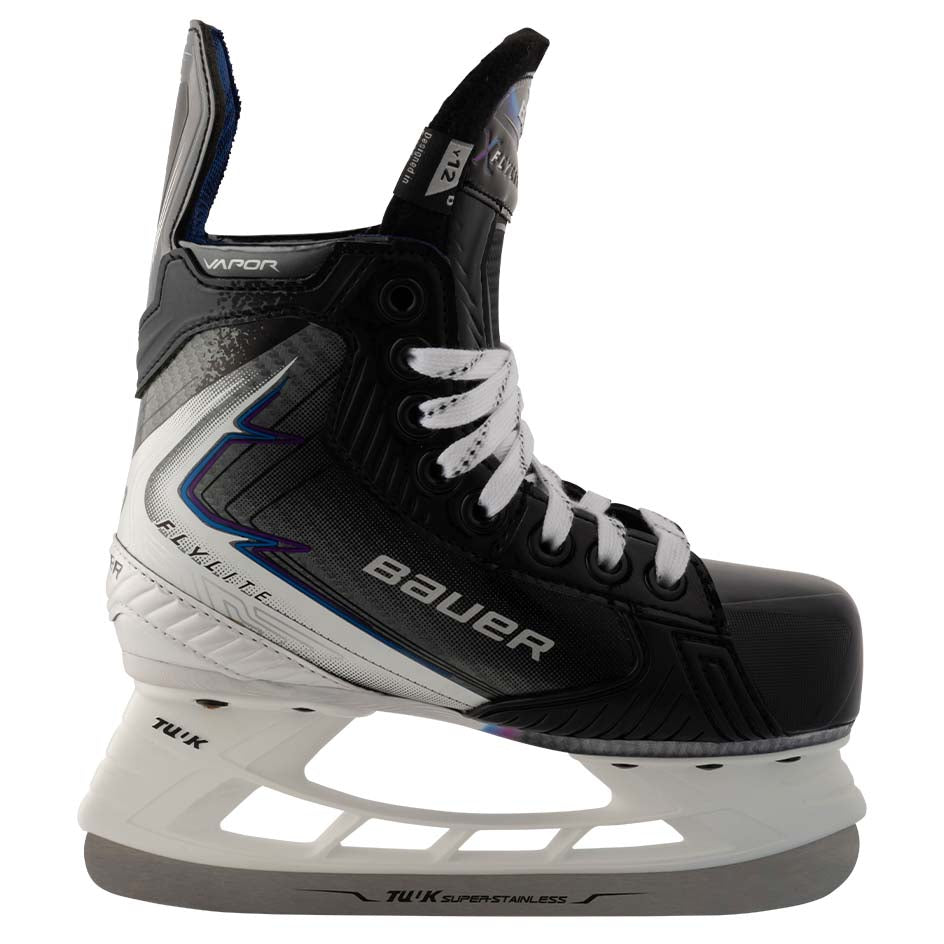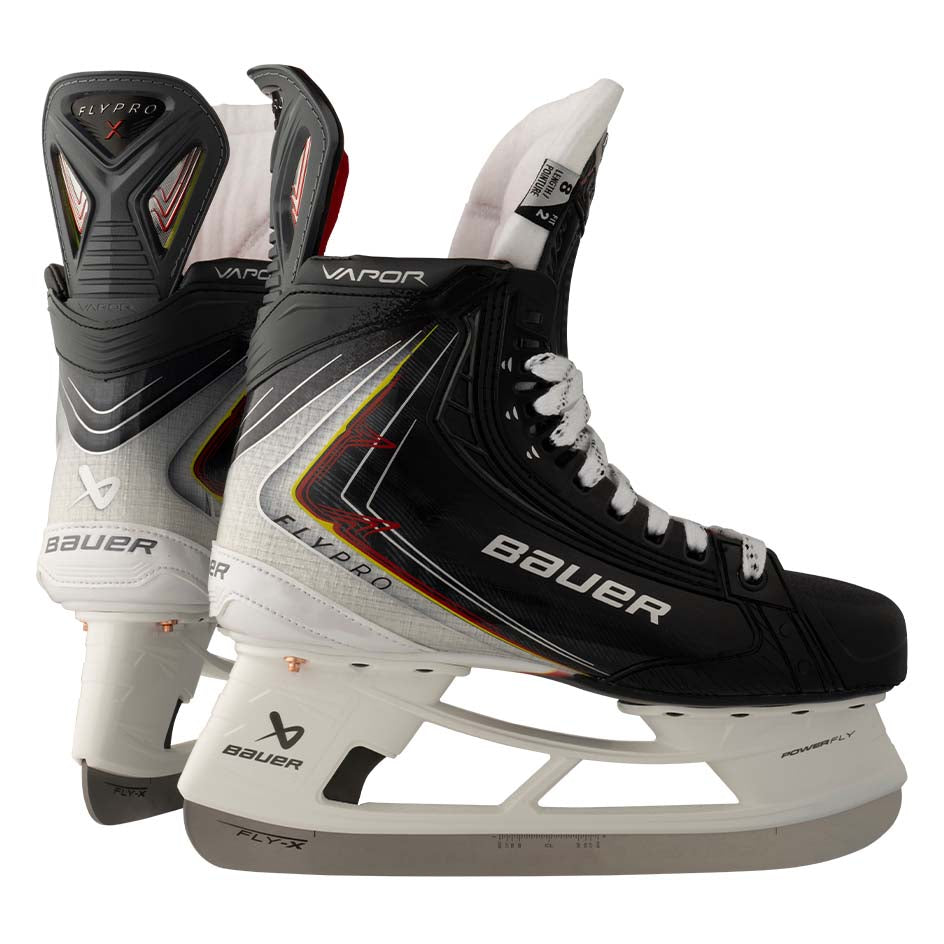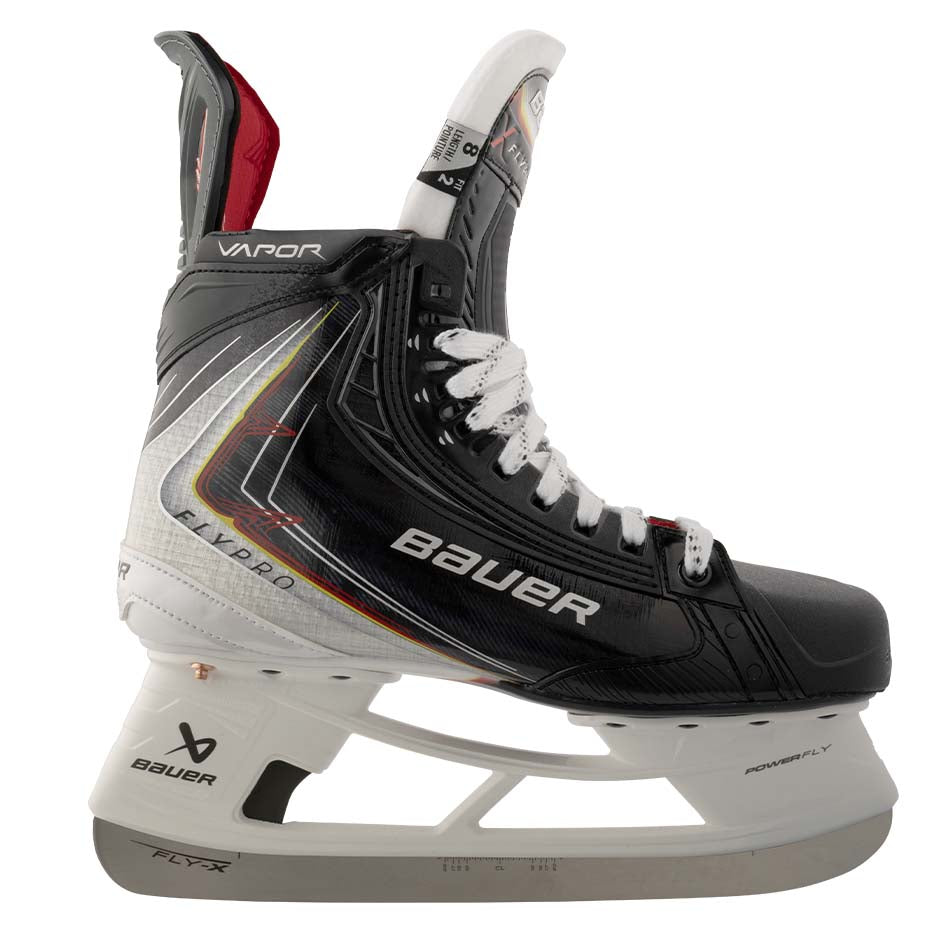Ice Hockey Skate Sharpening
When buying new ice hockey skates, remember that they’ll need sharpening before you hit the ice, and regularly after that too. Keeping on top of this – sharpening around every 10 hours of skate time – is essential and will allow you to skate and play to the best of your ability. Read our expert guide for all you need to know about ice hockey skate sharpening and choosing the right hollow for you.
When buying your ice skates from Puck Stop, your first grind is completely free and included in our bespoke fitting service.
How to Sharpen Ice Skates
Sharpening ice skates is a precise process that directly impacts your performance on the rink, and understanding how it works is key to getting the most out of your kit.
When sharpening ice skates, a hollow groove is cut into the centre of the bottom of the blade creating two edges, one on each side. This groove is known as the ‘hollow’ and is essential for grip and maneuverability on the ice. The ‘perfect’ hollow will vary from skater to skater, depending on your skating style and considering a range of factors that create the right balance of glide and grip that suits your style.
Depth of Hollow Importance in Hockey Skate Sharpening
One of the most important aspects of this process is the depth of hollow (DoH), also known as radius of hollow (RoH); which determines how much grip your blades have on the ice which can significantly influence your speed, agility and stability. The depth of hollow (DoH) will affect the performance of the skates.
Choosing the right DoH and ensuring consistent skate sharpening can make a significant difference in your play, comfort and safety on the ice. Remember, for the best results, skate sharpening should be done by a trained professional using the proper equipment to ensure accuracy, consistency and safety. Check out our skate sharpening service in-store today!
Which Depth of Hollow to Choose
DoH, refers to the concave groove made in the bottom of the blade when sharpening and is the most traditional element in sharpening hockey skates.
To create the DoH grind, the skate’s blade is moved carefully against the skate sharpening machine’s spinning grinding wheel that has been contoured to create the correct hollow for you.

When choosing a DoH, there are a few things to consider. As the DoH gets larger, the depression in the skate blade becomes shallower.
Typically, a deeper hollow will give a skater more grip or bite, while a shallow hollow is better for gliding. This means a deeper cut may feel slower to a player when skating in a straight line because the edges are digging in more, developing greater resistance. The trade off is that the deeper hollow bites deeper into the ice which allows for quicker, more explosive acceleration.
The three most popular hollows are:
- ⅝” - This is the ‘flattest’ of the three
- ½” - Recommended for beginners as it offers a middle ground of bite and glide of the three.
- ⅜” - This is the ‘deepest’ of the three
There is no ‘best hollow’; your personal ideal DoH will depend on your skating style and preference. Our team can assist you with the options and provide recommendations based upon information from you about how you play.
Traditionally, younger or smaller skaters will use a deeper hollow such as ⅜” to ½”. Older or bigger skaters will traditionally use a less deep hollow like ½” to ⅝”.
Flat Bottom V (FBV) Importance in Ice Skate Sharpening
The FBV grind developed by Blackstone, puts an updated spin on traditional skate sharpening. In a DoH, the hollow is curved but on an FBV cut, the bottom of the groove is flat and the two sides extend out like fangs. The theory is FBV gives skaters the benefit of greater bite and grip like a deep hollow while capitalizing on enhanced glide like a shallow hollow. The variable resistance factors result in more energy transferred back to the skater allowing for less fatigue over time.

Choosing the correct FBV cut is much like DoH. Your personal FBV will depend on your skating style and preference. Our team will sharpen your skates to your specific request or can make a recommendation based on information from you about how you play.
Ice Hockey Skate Sharpening FAQs
As a general guide, we would recommend having your ice hockey skates sharpened after every 8 to 10 hrs of ice time. Remember, how often you have your skates sharpened is a matter of preference, but most of the time it will depend on how often you play, train or skate.
Here at Puck Stop we offer a “while you wait” service (unless otherwise stated). During busier periods our team will let you know if wait times are longer than normal.Skates dropped off for sharpening within 30 minutes of closing will be sharpened for the following day.
When purchasing your skates from us, the first grind is included in the fitting service and will be free of charge.
- First grind on a new pair of ice hockey skates or new runners (not purchased from us): £10.
- Hockey (DoH) grind thereafter: £8
- FBV grind: £10
We do offer a loyalty card: purchase 5 grinds and get the 6th free of charge. Make sure to ask about our loyalty card when you pop in to see us.
In Store Skate Sharpening Service
You can visit us at our Sheffield Ice Hockey Store to request a skate sharpening service to your exact specifications, along with a range of other professional services including skate fitting, custom profiling and equipment repairs.
And don’t forget to check out our range of Ice Hockey Skates which all come with a free grind to get you started.

